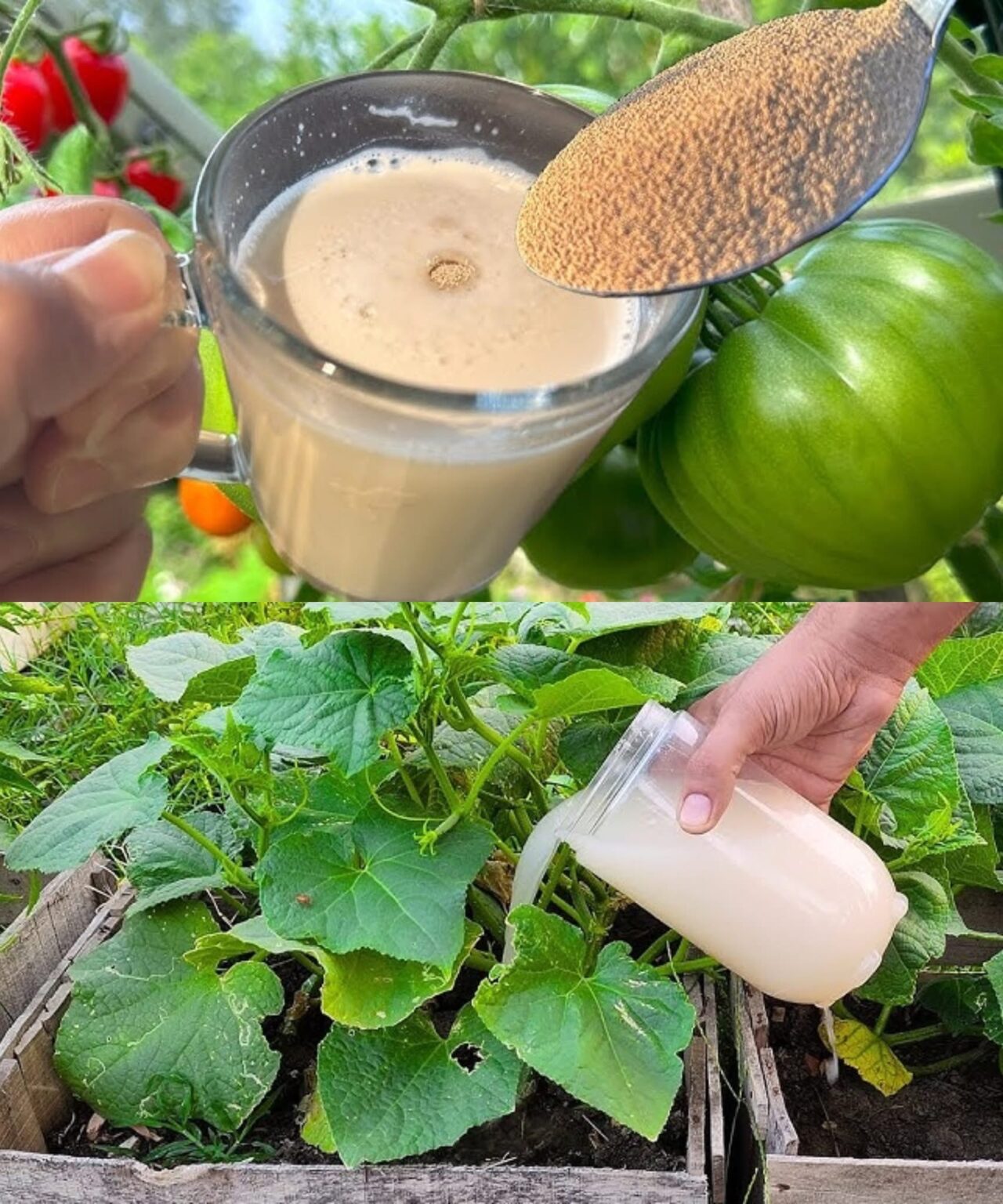Gardening enthusiasts constantly seek natural and effective methods to enhance the growth and yield of their plants. One such method, which might surprise many, involves using yeast—a common kitchen ingredient. This article delves into the science of using yeast in your garden, with a focus on three popular garden staples: tomatoes, peppers, and cucumbers. We’ll explore how yeast functions as a growth booster, why it works, and practical tips for incorporating it into your gardening routine.
Understanding Yeast and Its Garden Benefits
What is Yeast?
Yeast is a type of fungus known primarily for its role in baking, brewing, and winemaking. Its most recognized function is fermentation, a process where yeast converts sugars into alcohol and carbon dioxide. But beyond the kitchen, yeast has a lesser-known yet highly beneficial role in gardening. When used correctly, yeast can significantly boost soil quality and plant development.
Benefits of Yeast in Gardening
-
Enhanced Nutrient Absorption
Yeast assists in breaking down organic matter in the soil. As it decomposes, it releases beneficial enzymes and acids that make essential nutrients—like nitrogen, phosphorus, and potassium—more accessible to plants. This improved nutrient availability can lead to stronger roots and faster growth.
-
Improved Soil Health
Introducing yeast to your garden encourages the growth of beneficial microbes. These microbes, in turn, create a more dynamic and healthy soil ecosystem. The increased microbial activity leads to better aeration, moisture retention, and organic matter decomposition, all of which are key to healthy plant development.
-
Natural Growth Stimulant
Yeast contains vitamins, amino acids, and growth-promoting compounds that can stimulate plant hormones. These natural stimulants support seed germination, flowering, and fruiting, especially in plants like tomatoes, peppers, and cucumbers, which benefit from high nutrient intake during their growing cycles.
How to Use Yeast in the Garden
Here are practical ways to incorporate yeast into your gardening routine:
1. Basic Yeast Fertilizer Solution
-
Ingredients:
-
10 grams (1 packet) of baker’s yeast
-
1 tablespoon of sugar
-
1 liter of warm water
-
-
Instructions:
Dissolve the sugar in warm water, then add the yeast. Let the mixture sit for 1–2 hours to activate. Dilute with 5 liters of water and use to water the soil around your plants.
2. Compost Booster
Adding yeast to your compost pile can accelerate decomposition, enriching the compost and making nutrients more readily available to plants.
3. Foliar Spray (Optional)
A diluted yeast solution can be sprayed directly on plant leaves to enhance growth, though it’s best to test this on a small section first, as not all plants may respond equally well.
Specific Benefits for Tomatoes, Peppers, and Cucumbers
-
Tomatoes: Yeast boosts flowering and fruit set by stimulating root development and improving nutrient uptake.
-
Peppers: Benefit from the increased availability of potassium and nitrogen, leading to higher fruit yields and stronger stems.
-
Cucumbers: See faster vine growth and increased resistance to fungal diseases, thanks to a healthier root zone.
Final Thoughts
Using yeast in your garden is an affordable, natural, and eco-friendly way to enhance plant growth and soil health. While it should not replace traditional composting or fertilizing methods entirely, it can serve as a powerful supplement—especially for fruiting plants like tomatoes, peppers, and cucumbers. With regular use and proper application, yeast can become a reliable partner in your gardening success.
